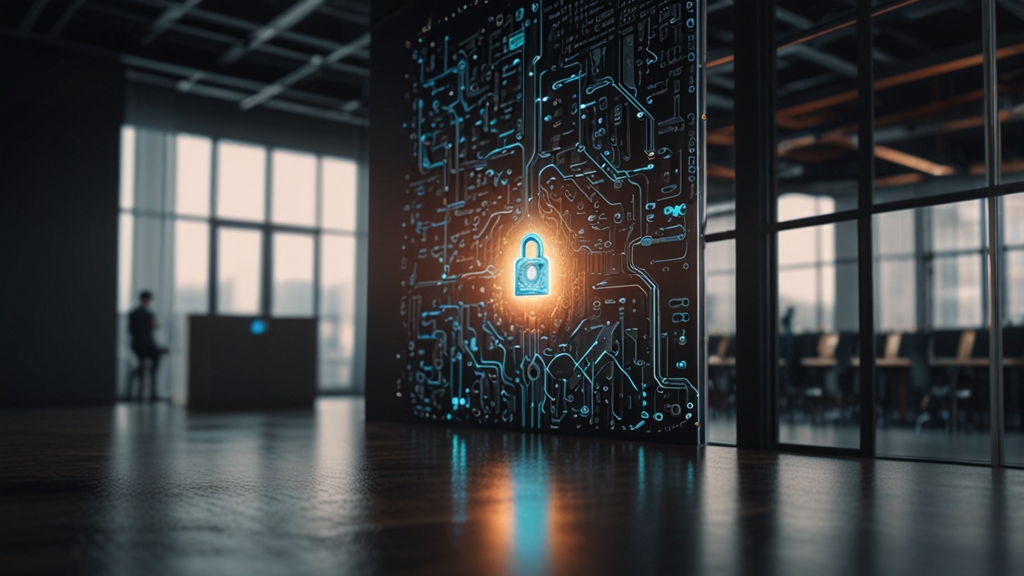Cybersecurity Compliance: Why It Matters More Than Ever
In today's hyper-connected world, cybersecurity compliance has become not just a regulatory obligation but a crucial element in safeguarding an organization's reputation, data, and financial health. As cyber threats continue to evolve in sophistication and frequency, businesses cannot afford to overlook the importance of adhering to cybersecurity standards and regulations.
The Escalating Threat Landscape
Cyber threats are no longer limited to simple hacking attempts or virus infections. Modern cyber-attacks encompass a wide range of strategies including ransomware, phishing, state-sponsored attacks, and more. According to a report by Cybersecurity Ventures, global cybercrime costs are expected to reach $10.5 trillion annually by 2025.
The increasing interconnectivity and reliance on digital infrastructure have expanded the attack surface, making robust cybersecurity measures an urgent necessity.
Regulatory Requirements
Various industry-specific and general regulatory frameworks mandate stringent cybersecurity measures. These include the General Data Protection Regulation (GDPR) in Europe, the Health Insurance Portability and Accountability Act (HIPAA) in the United States, and the Payment Card Industry Data Security Standard (PCI DSS) globally. Non-compliance can result in severe financial penalties, legal consequences, and irreparable reputational damage.
Building Trust with Stakeholders
Trust is foundational to any business relationship. Customers, partners, and investors demand assurance that their data is secure and that the organization is committed to protecting their interests. Demonstrating cybersecurity compliance is a powerful way to build and maintain this trust.
Compliance not only shows that an organization is meeting regulatory requirements but also signifies a commitment to upholding the highest standards of data protection and security practices.
The Role of Policies and Procedures
Effective compliance begins with well-defined policies and procedures that outline cybersecurity best practices. These guidelines should be integrated into the organizational culture and regularly reviewed to address emerging threats. Policies should cover aspects like data encryption, access controls, incident response, and employee training.
Technological Defenses
Technology plays a critical role in achieving and maintaining cybersecurity compliance. Tools such as firewalls, intrusion detection systems, multi-factor authentication, and encryption solutions are essential components of a robust cybersecurity framework. Regular vulnerability assessments and penetration testing are also crucial in identifying and mitigating potential threats.
Employee Training and Awareness
Human error remains one of the weakest links in cybersecurity. Comprehensive training programs are key to ensuring that employees understand the importance of cybersecurity and are equipped to recognize and respond to threats. Regular drills, updates, and awareness campaigns can help maintain a high level of vigilance and preparedness.
Employees are the first line of defense against cyber threats. Investing in their training and awareness is an investment in the organization's overall security posture.
The Cost of Non-Compliance
Ignoring cybersecurity compliance can be extraordinarily costly. Beyond financial penalties, organizations may suffer from operational disruptions, data breaches, and loss of customer trust. The long-term impact on the brand's reputation can be devastating, often requiring years to rebuild.
Conclusion
In an era where cyber threats are pervasive and relentless, cybersecurity compliance is more important than ever. It is not just about avoiding penalties but also about protecting the organization's most valuable assets—its data and reputation. By adhering to regulatory requirements, implementing robust policies and procedures, leveraging advanced technologies, and fostering a culture of security awareness, organizations can fortify their defenses and thrive in a digital age.












